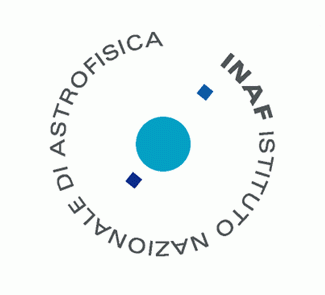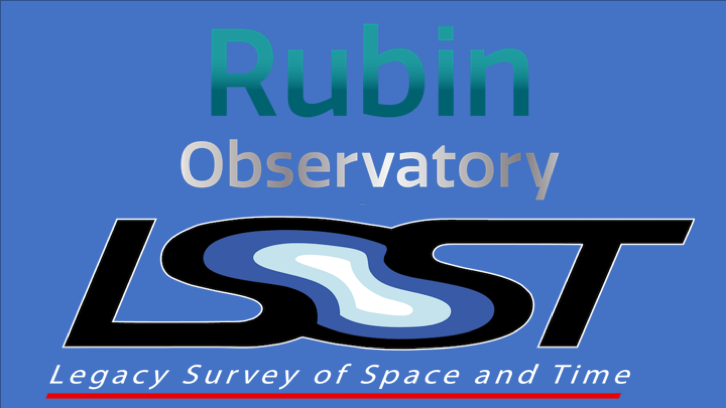Scientific Objectives
The LSST view of Galactic star formation regions
Interest in star clusters is driven by several scientific topics: star clusters are laboratories for understanding the physical mechanisms active in stars and are tracers of Galactic chemical evolution thanks to their wide range in ages and distances. Moreover, in star-forming regions (SFRs) we can study star formation in action. Our knowledge of young clusters and SFRs is currently limited to nearby regions, while LSST observations will allow us to discover SFRs at distances 7 times farther than those achievable even with the deepest current wide-area surveys, e.g. PanSTARRS1. This will allow us, for example, to discover the low-mass star population (down to or even below 0.5 M⊙) of even quite extincted SFRs (AV 5) in the volume shell from 1 kpc up to 10 kpc, which would remain unexplored by other surveys.
To this aim, we proposed a new approach to select low mass young stars and to discover SFRs based on the (g − r, r − i) colour-colour diagram that will be obtained with LSST. The approach is based on the co-exploitation of several properties of M-type stars during the pre-main sequence (PMS) phase. We have performed several tests on different SFR using available deep, wide-area photometry, with encouraging results indicating the usefulness of that method for LSST data as well (Damiani 2018; Prisinzano et al. 2018, Venuti et al. 2018, in press). To take more fully advantage of the LSST capabilities, we presented a White Paper (co-PI L.Prisinzano) with the aim of observing the Galactic plane with the WFD cadence in selected filters (https://arxiv.org/abs/1812.03025).
Young stars are characterized by photometric variability caused by several distinct physical processes: mass accretion events from circumstellar disks, the presence of warps in the inner disks, starspots that rotate across the stellar surfaces, and flares. We aim at investigating in statistical samples in young stellar clusters the stellar variability due to accretion process, also in eruptive bursts (EXors); rotation; stellar activity; etc.
LSST can make a significant impact by providing large enough samples to allow us to relate these aspects of the young stars and their environments to stellar properties such as mass, age, binarity, and their location in a statistically significant manner. Therefore, we (R.Bonito, co-PI) have submitted a White Paper with the objective of observing the Carina SFR with a fast cadence (a denser phase coverage with respect to the Wide-Fast-Deep main survey) in different bands to clarify the nature of both the short-term and long-term variability of the thousands of young stars in the Carina region (https://arxiv.org/abs/1812.03135).
A new view of star formation: accretion bursts in EXor protostars
LSST-related activities on the topic of PMS eruptive variables (EXors) include:
– Optical/IR observations of protostars with accretion bursts (EXORCISM project: EXor OptiCal and Infrared Systematic Monitoring). Purpose of these observations is to build a database of spectra of quiescent EXors, to both characterize a typical EXor spectrum, and to obtain a reference against the spectra during outbursts. This work is of fundamental importance in view of LSST, since when an alert is issued the spectroscopic follow-up will enable us a prompt identification and classification of these objects. Instrumentation: LBT MODS/LUCI, TNG GIARPS/DOLORES, Campo Imperatore, Asiago. One paper published in 2018, another in preparation.
– Archival data studies with the aim of reconstructing lightcurves and SEDs of known objects. The project goal is to build templates for fast recognition of EXor candidates, based on LSST SEDs, lightcurves and colors. Used archives: historical Asiago plates, ASASSN and Gaia databases. One paper was published in 2018, another is in preparation.
– SOXS . Definition of scientific case and observing strategy optimization for the spectroscopic follow-up of EXor outbursts using SOXS (Son Of X-Shooter), to become operational on the NTT in the near future.
Members
Principal Investigator:
Teresa Giannini INAF-Osservatorio Astronomico di Roma
Co-Investigator:
Francesco Damiani INAF-Osservatorio Astronomico di Palermo
LSST young researchers:
Alessio Giunta INAF-Osservatorio Astronomico di Roma
Rosaria (Sara) Bonito INAF-Osservatorio Astronomico di Palermo
Loredana Prisinzano INAF-Osservatorio Astronomico di Palermo
Other INAF participants:
Simone Antoniucci INAF-Osservatorio Astronomico di Roma
Katia Biazzo INAF-Osservatorio Astronomico di Roma
Alessio Caratti INAF-Osservatorio Astronomico di Roma
LSST Affiliation
Transients/variable stars science collaboration
Stars, Milky Way and Local Volume
Activity Report

